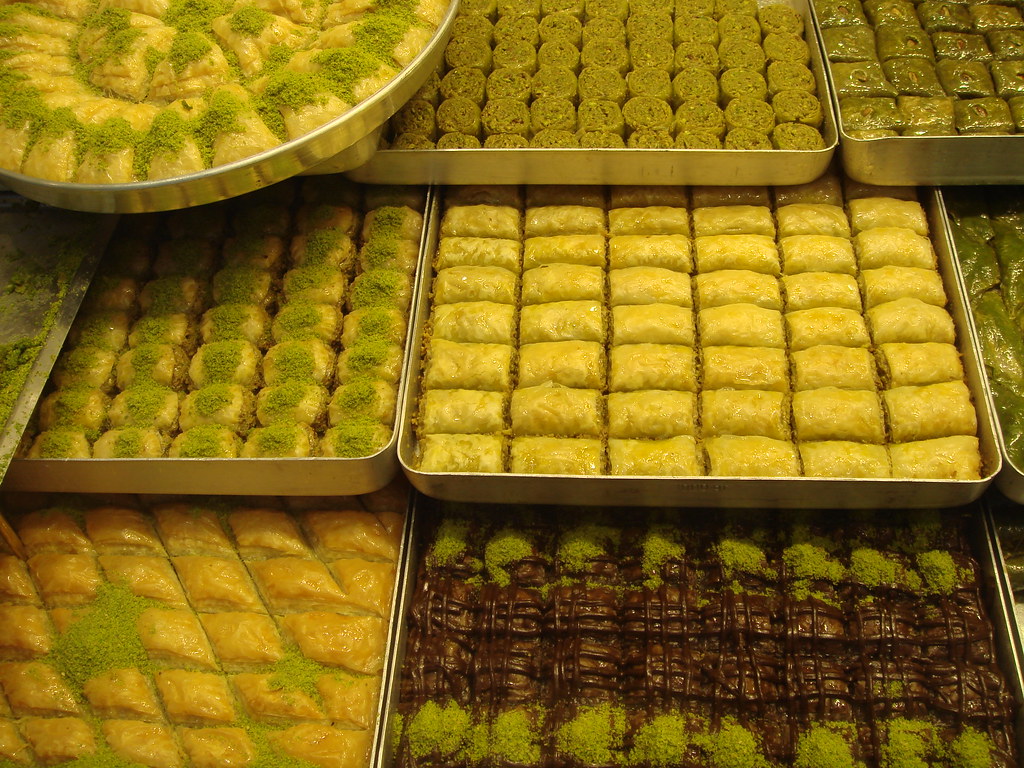Baklava: A sweet journey through the ages

Baklava, a decadent dessert known for its flaky layers of phyllo dough, sweetened with honey and nut fillings, carries with it a rich tapestry of history that spans continents and centuries. This beloved sweet treat, which has become synonymous with Middle Eastern, Balkan and Mediterranean cuisines, has a contested origin story that reflects the complex interplay of cultures and civilizations across these regions.
The earliest known precursors to baklava were found in ancient Mesopotamia, where Assyrians in the 8th century BC layered thin pieces of dough with nuts and honey, baking them in primitive wood-burning ovens. This simple yet revolutionary method of combining ingredients laid the groundwork for what would evolve into the sophisticated dessert known as baklava today.
As the centuries progressed, the Persian Empire played a significant role in refining the recipe, introducing the technique of brushing the layers of dough with oil, which contributed to the pastry’s characteristic flakiness.
The introduction of baklava to the Byzantine Empire further enriched its history, where it became a delicacy among the aristocracy. However, it was under the Ottoman Empire that baklava truly flourished, becoming an integral part of the imperial cuisine. The Ottoman kitchens, famed for their culinary innovations, perfected the recipe and transformed baklava into a symbol of sophistication and opulence.
The spread of the Ottoman Empire across the Balkans, the Middle East, and parts of North Africa disseminated baklava, making it a staple in various regional cuisines. Each region adopted the basic recipe but introduced local variations, such as the use of pistachios, walnuts, or hazelnuts, and flavourings like rose water or cinnamon, reflecting the diversity of local agricultural produce and culinary tastes.
In Greece, the introduction of thin phyllo dough in the making of baklava marked a significant evolution in its texture and complexity. This innovation is often credited with elevating the dish to its current form, highlighting the intricate layers that are now a hallmark of the dessert.
In the global diaspora, baklava has become a symbol of cultural pride and heritage, with communities from the Middle East to the Mediterranean and beyond claiming it as their own. The dessert not only graces tables during religious and cultural celebrations but has also found its way into the hearts of people around the world, transcending cultural boundaries.
Baklava’s enduring appeal lies not just in its sweetness or its flaky texture but in its ability to tell a story -a story of ancient civilizations, of empires that rose and fell, and of the shared human desire to create something beautiful and delicious. It serves as a delicious reminder of the rich tapestry of human history, a sweet morsel that carries with it the flavours of antiquity and the essence of centuries-old culinary traditions.
